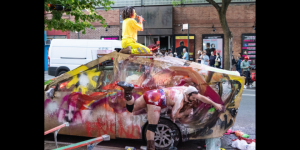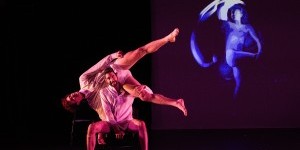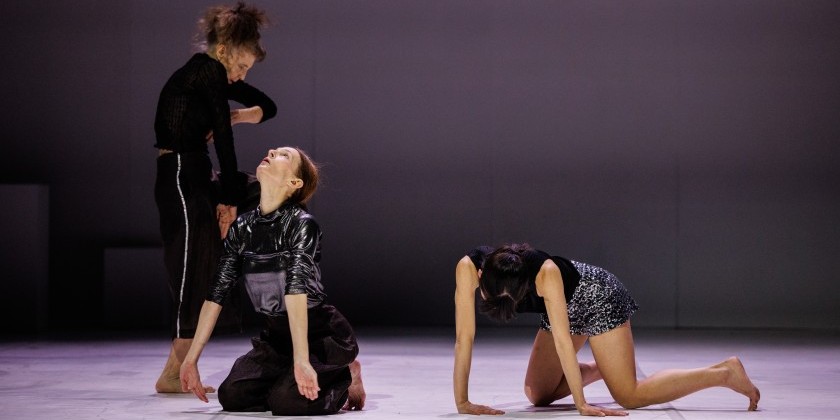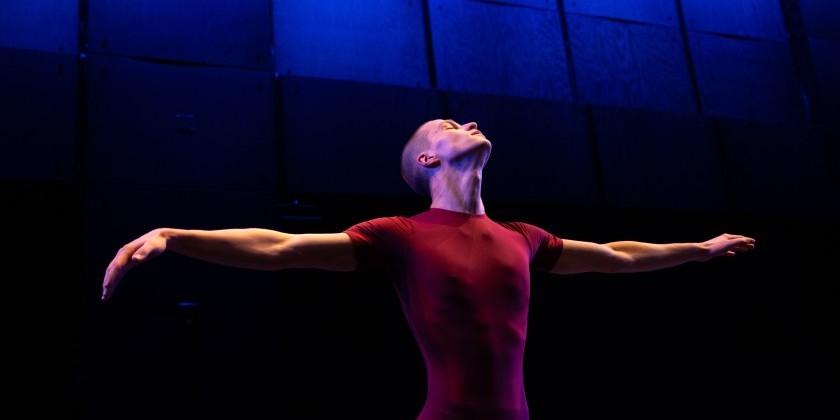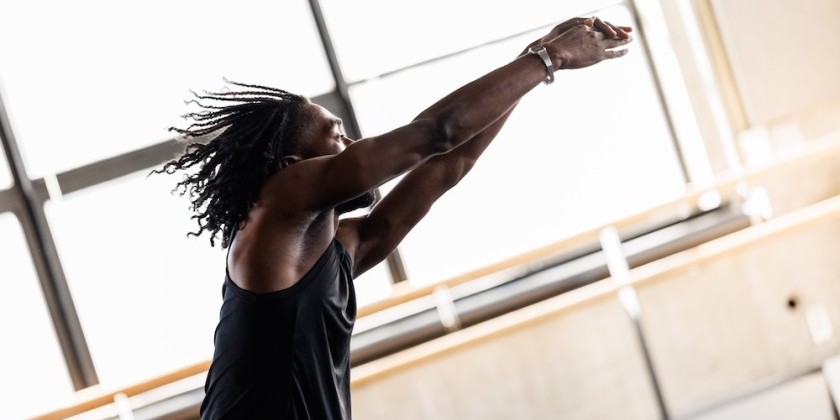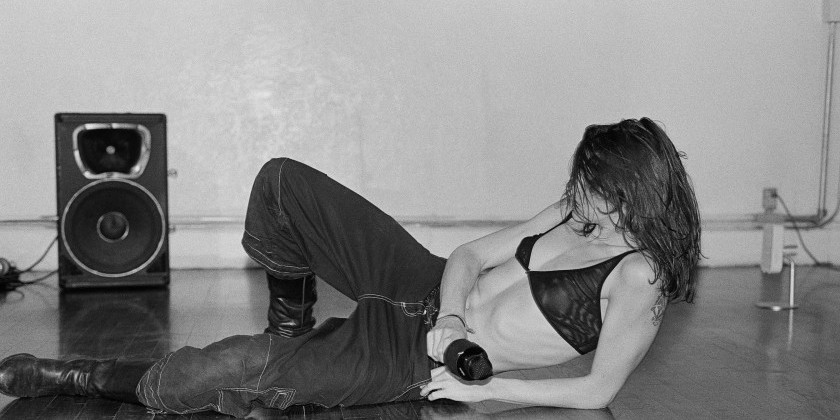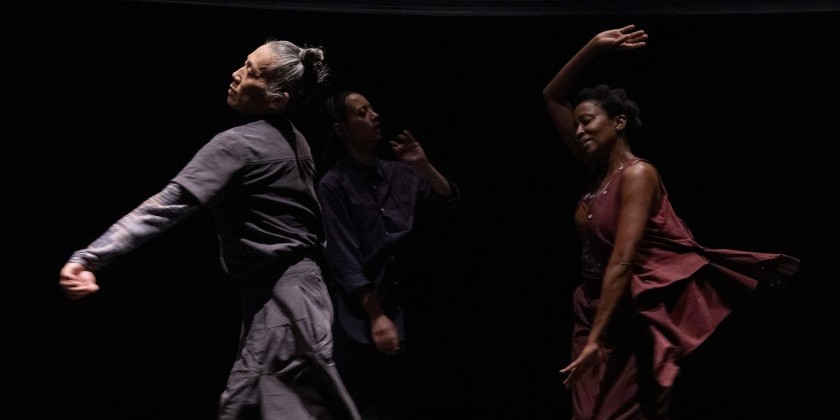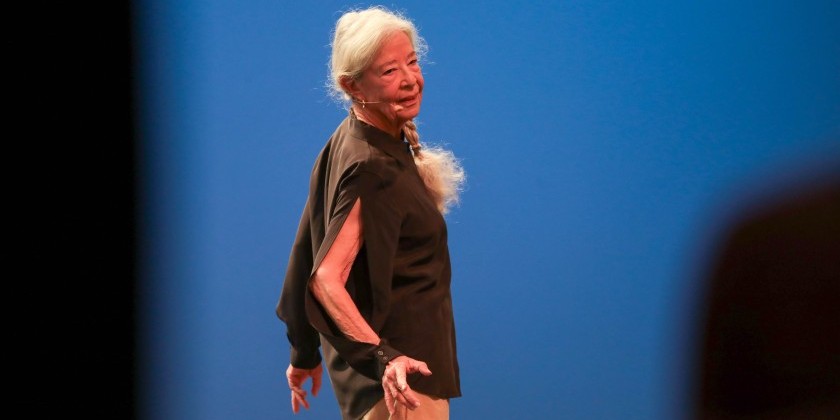DAY IN THE LIFE OF DANCE: How La MaMa Moves! Festival Moves in 2022 (New Shows Just Added)
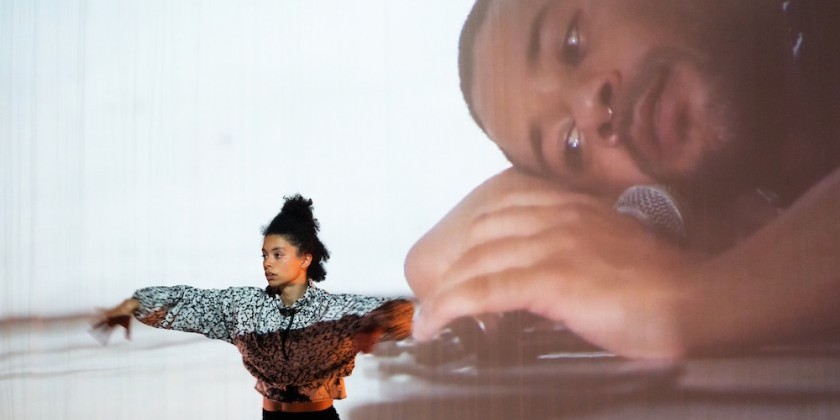
Origin, Identity, and Belonging Explored in Dance
Ellen Stewart, who founded La MaMa in 1961, exclaimed “let them come,” when speaking about the artists she presented. Always open and inclusive, Stewart, known as Mama, a celebrated, seminal figure in the Off-Off-Broadway world, welcomed the avant-garde to her 4th Street theaters. She relied on instinct when embracing performing artists.
And did she have generous instincts! The 2006 La MaMa Moves! Festival, for instance, featured 50 eclectic choreographers and their experimental works— even belly dancing and cheerleading were included.

After Stewart’s death in 2011 at age 91, the festival was streamlined. Today, La MaMa Moves! 2022 featured, and continues to feature (through May 5 -tickets here ) accomplished contemporary dance choreographers, all seeking out and addressing difficult questions. The current inquiries revolve around belonging and identity.
“I’m a fanboy of my artists!” exclaims the effusive Nicky Paraiso, popularly known as the face of La MaMa. He is director of programming at The Club at La MaMa , and curator of the annual La MaMa Moves! Dance Festival. Paraiso's curatorial secret is that he selects artists first then, “lets the themes present themselves.”
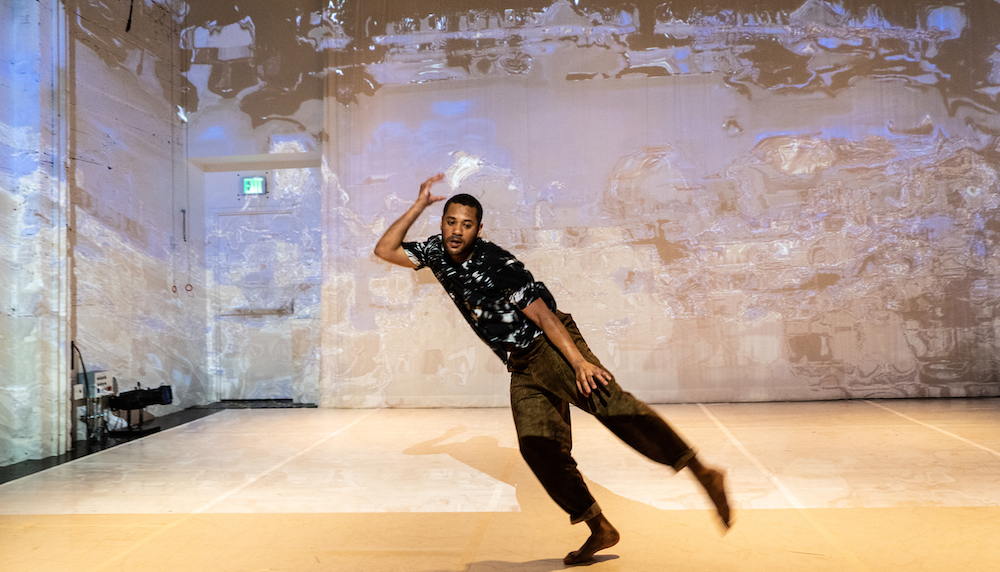
One of the highlights of this year’s festival was Gerald Casel’s Not About Race Dance, influenced by Neil Greenberg’s 1994 Not About AIDS Dance. Casel, began this work in 2018 in response to the racialized, Trumpean climate. A dancer of color and Filipino ancestry, Casel endeavors to reveal the white power structures behind postmodern dance. He asks, “ Can a brown body truly fit in? Does a person of color move differently? Is it possible for a dancer of color to be seen as themselves and not seen in comparison to a dancer who is white?
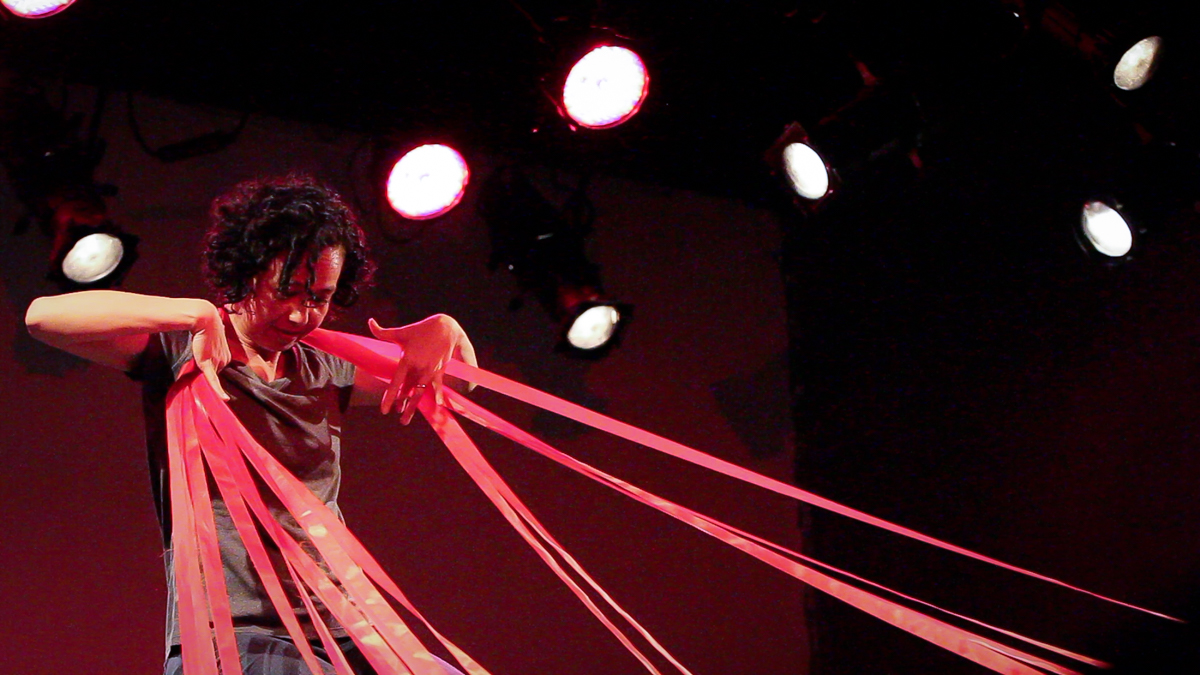
Pele Bausch, of Chinese and Indigenous Hawaiian heritage, says about her work, A.K.A Ka Inoa (the name), “I started this piece without cultural knowledge of my background. [This dance] exposes my insecurity, vulnerability, and longing to be a part of my ancestry. A lot of Indigenous people have this issue… Like me, they are educating themselves and reforging the connection with their past.”
The hallowed Pele, “Goddess of Volcanoes, Fire and Lightning” created the Hawaiian Islands. This powerful name, was bestowed on Bausch by her mother. “I don’t think she knew she was having a meek child when she had me!” says Bausch.
Based on a simple hip sway, clothed minimally in underwear with a bag over her head, Bausch’s dance, which takes place atop 2,000 name tags encircled by paper bags, recognizes Hawaii’s most revered goddess as part of her. Bausch wonders what it means to be named and labeled. She asks, “How do you come to your own definition of yourself and revolutionize your thinking?”
John Scott, an Irishman and founder of the Irish Modern Dance Theatre, works extensively with the immigrant population new to his native land, including many victims of torture. Scott encourages survivors to reclaim and repossess their bodies by expressing themselves in self-portraits. Aspects of identity, such as their mother’s name or their telephone number translate into gestures, steps, and rhythms.
“Immigrants attract me – I see something of myself, “ he says. “I’m a misfit. I don’t have a typical Irish accent. I feel partly at home in Dublin, and in NYC , in Paris. Ireland’s not fully home.”
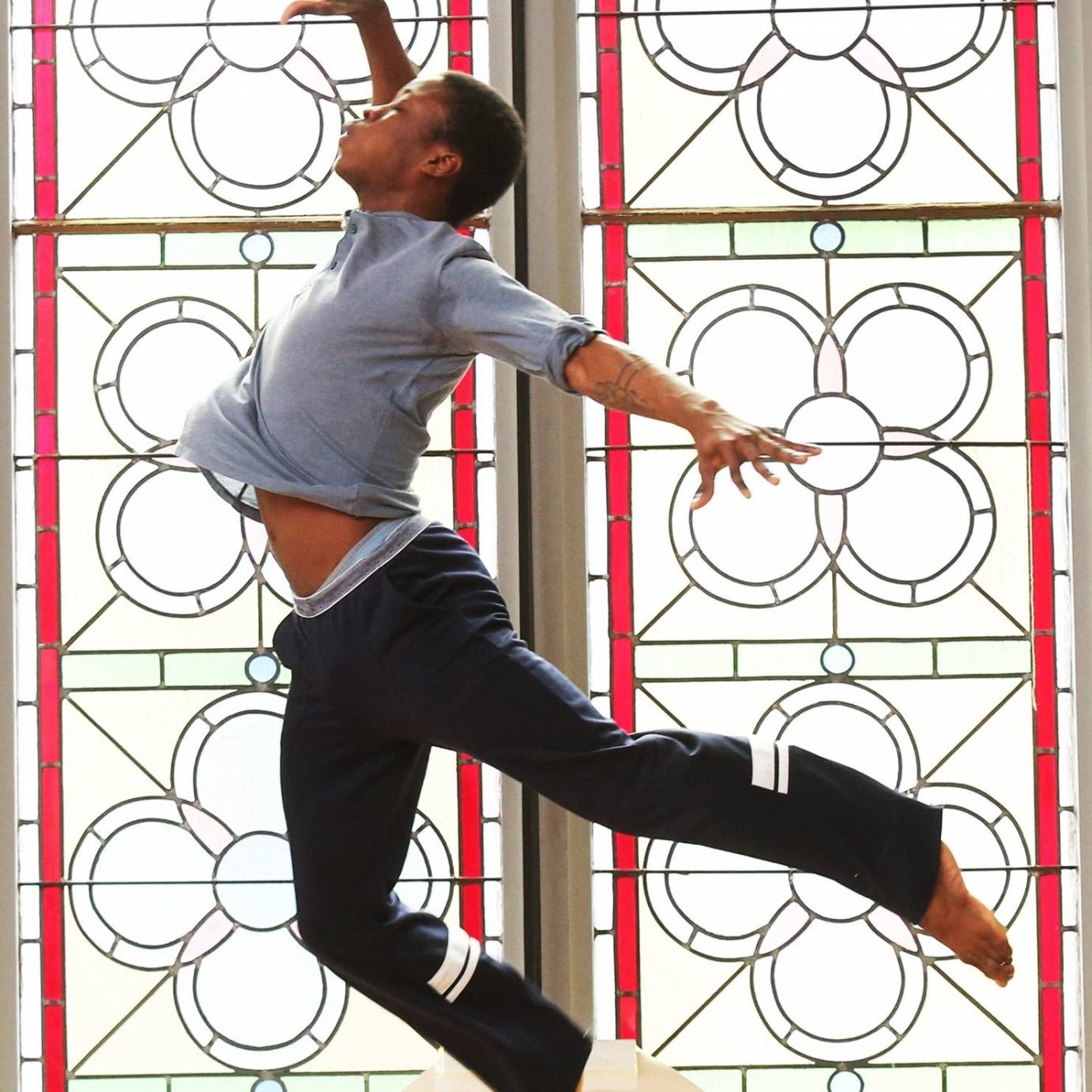
Scott’s Cloud Study features two dancers— an Irish dancer from Nigeria, Mufutau Yusuf and an American Taryn Griggs —performing monologues in Yorba and English.They reveal self-portraits and run. Their movement vocabulary, derived from breaking down components of running, is “surrounded by space like a great desert or a wilderness.”
The dancers in Cloud Study run forward while trying to remember their past. Each is on their own journey. They look for themselves as they run around each other. Says Scott, “We all need to keep moving. We’re all migrants on some level. It’s important to me to watch people run and get away.”
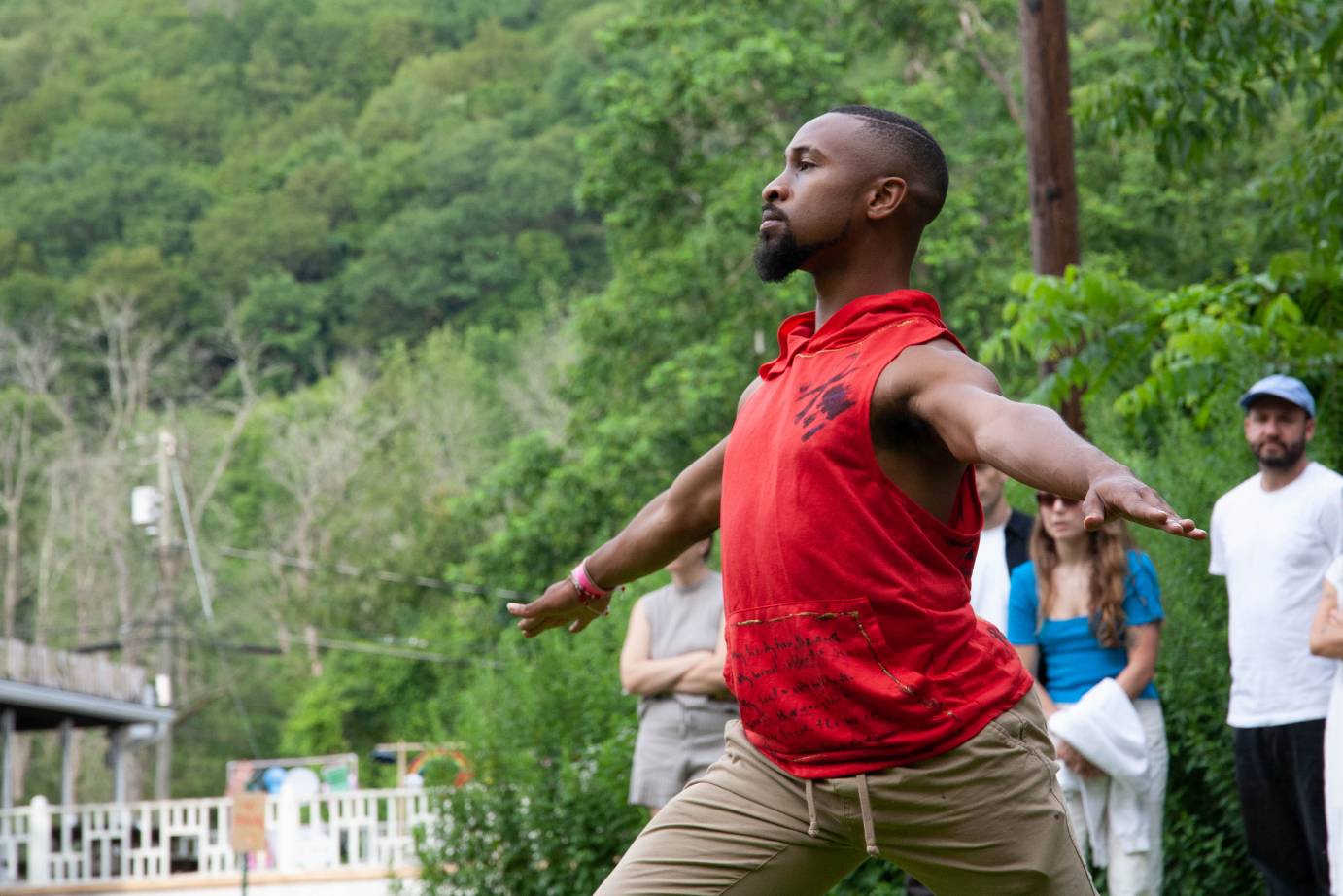
Born in Richmond, Virginia and practicing art in NYC, Johnnie Cruise Mercer studied stepping, voguing, postmodern dance, improvisation, contemporary dance, praise dance, ballet, and musical theater. On any given night of his performances, one of these dance genres form the basis of the evening’s work. In addition, a choreographic element that fits the ‘crafting score’ — such as fear, truth, or love — is included. Different music is played each night and one performance dovetails into the next. Mercer calls performances ‘process memoirs’ that comprise ‘chapters’. The chapters, when completed, house a larger musical theater work.
Explains Mercer, “The way I feel about dance is not about presentation but how it feels in my body. For me to make art I have to remove my ego.” Mercer looks at their work as one long continuum, having performed since the age of seven. The solos performed in the Festival express Mercer’s philosophies of movement and the ways in which they connect to Mercer's broader belief systems.
A tango dancer from Argentina, Valeria Solomonoff, of Valetango, moved to NYC where she was first noticed in 1995 for her upside-down tango against a wall. Traditional Tango begins with the simplest unit – the step. Tango developed based on the way two dancers communicate with one another while stepping in a lead-follow interdependency. “If you learn four or five steps,” says Solomonoff, “you map the entire dance.”
Unlike other dance forms, there are no underscoring counts or patterns. Rather, direction, timing, and the weight of the partner conveys a silent emotional conversation. Improvisation, essential to the partnership, requires heightened awareness of the other. It obligates trust; in Spanish this is known as confianza.
Featuring four dancers: two men, Solomonoff and Solomonoff’s 10- year-old daughter, Confianza articulates an alert dialogue of trust and distrust. The joy of trusting, as expressed by a child, brings an element of wonder and discovery to the work. Whereas distrust between adults compromises equilibrium, forces battle and then begs negotiation. True to the tango vocabulary, every shift of weight signals a bold investigation into trust as the affirmation of love.
Participating artists in this year’s La Mama Moves! Festival included Tiffany Mills Company (Apr 14–16), Johnnie Cruise Mercer and Jesse Zaritt (April 15–17), Gerald Casel Dance (April 22–24), Pele Bauch and Marina Celander (April 22–24).
Be sure to look out for Compañía Cuerpo de Indias (April 28–29), John Scott Dance (April 29–May 1) and Valetango Company (April 30–May 1)!
NEW SHOWS JUST ADDED!!!Valetango: Monday, May 2, at 7pm. Compañía Cuerpo: Wednesday, May 4 and Thursday, May 5, at 7pm.
Get your tickets HERE
The Dance Enthusiast Shares news from the dance world and creates conversation.
For more Dance News pieces, click here.
If you have important news to share, please send announcements or press release to info@dance-enthusiast.com!
The Dance Enthusiast - News, Reviews, Interviews and an Open Invitation for YOU to join the Dance Conversation.
Share Your Audience Review. Your Words Are Valuable to Dance.
Are you going to see this show, or have you seen it? Share "your" review here on The Dance Enthusiast. Your words are valuable. They help artists, educate audiences, and support the dance field in general. There is no need to be a professional critic. Just click through to our Audience Review Section and you will have the option to write free-form, or answer our helpful Enthusiast Review Questionnaire, or if you feel creative, even write a haiku review. So join the conversation.




